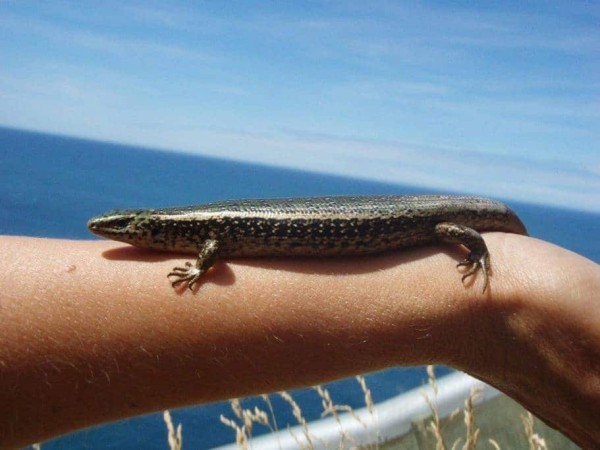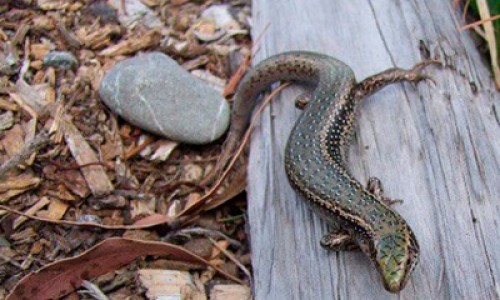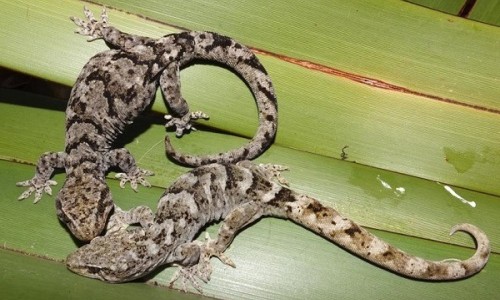Know your Skink from your Gecko
There are two types of mokomoko/lizard in Aotearoa New Zealand – skinks and geckos – with five species of mokomoko/lizard present on the Te Pātaka a Rākaihautū/Banks Peninsula.
They include:
- McCann’s skink (Oligosoma maccanni) – not threatened
- Common skink (Oligosoma aff polychromae) – declining
- Moko-papa/Canterbury gecko (Woodworthia cf. Brunnea) – declining
- Jewelled gecko (Naultinus gemmeus) – declining
- The spotted skink (Oligosoma aff. lineoocellatum ‘Central Canterbury’) – nationally vulnerable and the most threatened on Te Pātaka a Rākaihautū/Banks Peninsula.

A number of these species, including the Canterbury gecko, McCann’s skink, common skinks and Central Canterbury spotted skinks, live on Kaitorete Spit, near Te Waihora/Lake Ellesmere. Some may also be found around the lake itself.
There has been a considerable increase in the number of spotted skinks around the Kaitorete Spit since a predator control programme was set up in 2012.
Skinks and geckos are easily distinguishable
- Skinks are smooth-skinned, sleek and shiny with small legs, and they have small eyes that can blink.
- Geckos have scaly skin that feels silky but looks to be one size too large, and their eyes are large and cannot blink.
It’s not certain how many species of skink and gecko there are in Aotearoa New Zealand because many of them are ‘cryptic’ species. This means that they look very similar but genetic studies reveal them to be different so not capable of interbreeding.
A review published in 1994, listed 62, many of which were yet to be named. Since then, even more, species have been discovered and it is thought there may be at least 90 different species that are endemic to Aotearoa New Zealand.

Spotted skink

